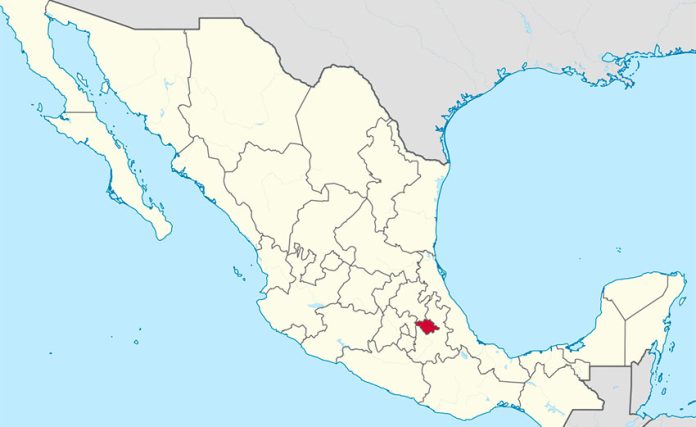Mexico City attracted more new foreign direct investment (FDI) in 2019 than the combined total of the next three most successful states, while new FDI in Tlaxcala surged by more than 1,500%.
Data from the Economy Ministry (SE) shows that new FDI in the capital reached US $3.5 billion last year, an increase of 61% compared to the $2.17 billion it captured in 2018. The figure is more than triple the $1.09 billion attracted by México state, which ranked second for new FDI in 2019.
Rounding out the top five are Nuevo León, Querétaro and Veracruz, which saw $1.04 billion, $658 million and $612 million in new FDI in 2019. The last two replaced Coahuila and Guanajuato in the top five. Coahuila was relegated to ninth place from third in 2018, while Guanajuato dropped two spots to sixth.
In terms of new FDI growth, Tlaxcala – Mexico’s smallest state by area – was a clear winner. The central Mexican state attracted $78.9 billion in new foreign capital last year, a whopping 1,532% increase over 2018 when just $4.8 million flowed into Tlaxcala from abroad.
Michoacán, Veracruz, Puebla and Jalisco recorded the next best new FDI growth, with increases of 540%, 292%, 247% and 231%, respectively. In contrast, Aguascalientes, Guerrero, Sinaloa, Tabasco and Durango all attracted less new FDI in 2019 than the year before.
Mexico as a whole attracted FDI of $32.92 billion in 2019, according to SE data, but 53.1% of that amount came from reinvestment of profits. New foreign investment accounted for 39% of the total, while the other 7.9% came via loans to Mexican subsidiaries from their foreign parent companies. The total FDI figure was 4.2% higher than 2018.
Net foreign direct investment in Oaxaca was just $56 million last year but the southern state ranked first in terms of the percentage of new investment in its total FDI. Of the $56 million that Oaxaca attracted, $54.1 million, or 96.5%, came from new investment.
The United States, Japan, Italy and the Netherlands were the biggest investors in the state, putting money into sectors such as beverages, banking, accommodation, telecommunications and pharmaceuticals.
With 82.7% of its total FDI coming from new investment, Baja California ranked second followed by Nayarit, where new FDI made up 80.7% of the total. The tourism sector was the biggest beneficiary of the capital in both Pacific coast states. In the case of Baja California, more than 80% of new investment came from the United States.
While total FDI grew last year, some analysts believe that the ratification of the new North American free trade agreement and the trade war between the United States and China will help attract even greater foreign investment to Mexico in 2020.
Average GDP growth forecasts for this year hover around 1% but the Finance Ministry is currently still predicting a 2% expansion. Finance Minister Arturo Herrera said this week that he expects the Mexican economy to bounce back in 2020 after a contraction of 0.1% last year, the first decline since 2009, the year of the world financial crisis when GDP fell 5.3%.
Source: El Economista (sp)
